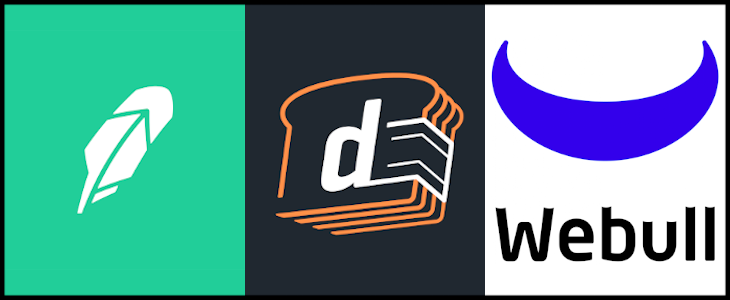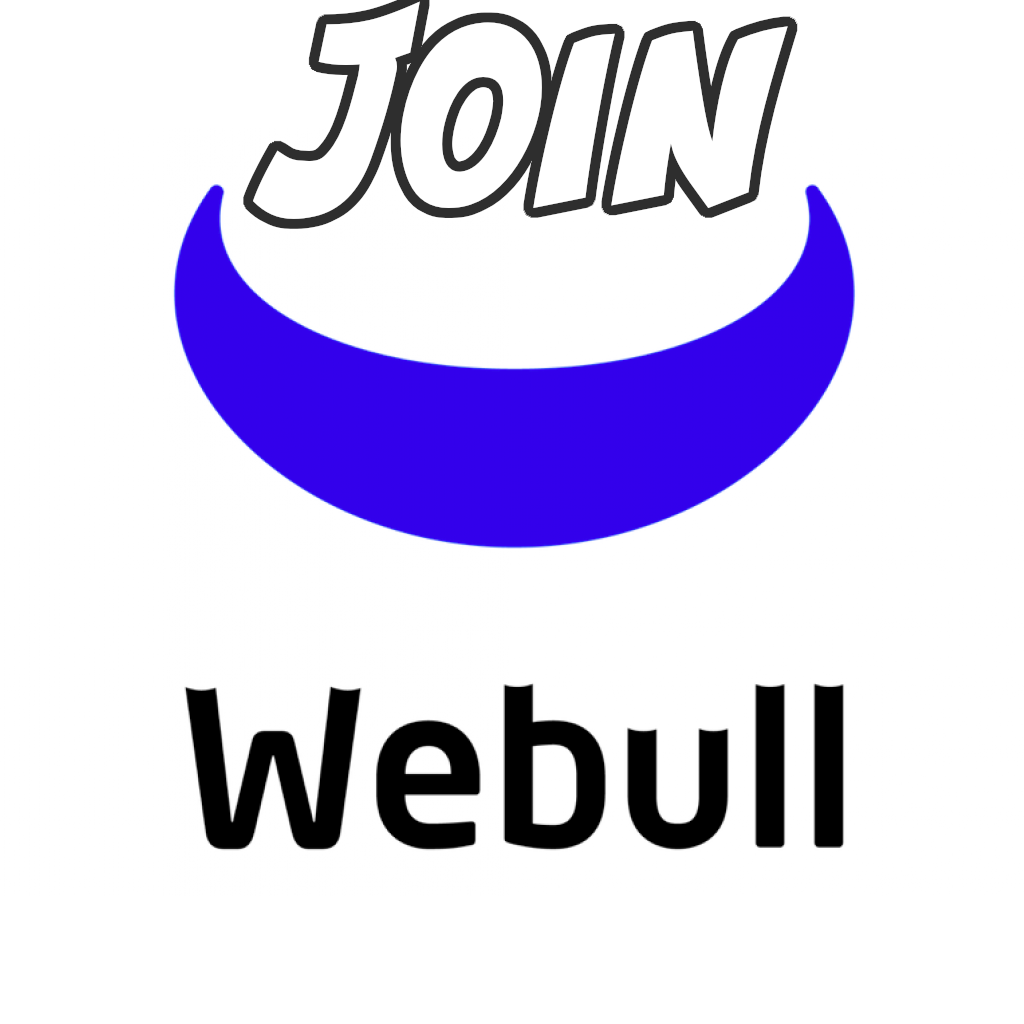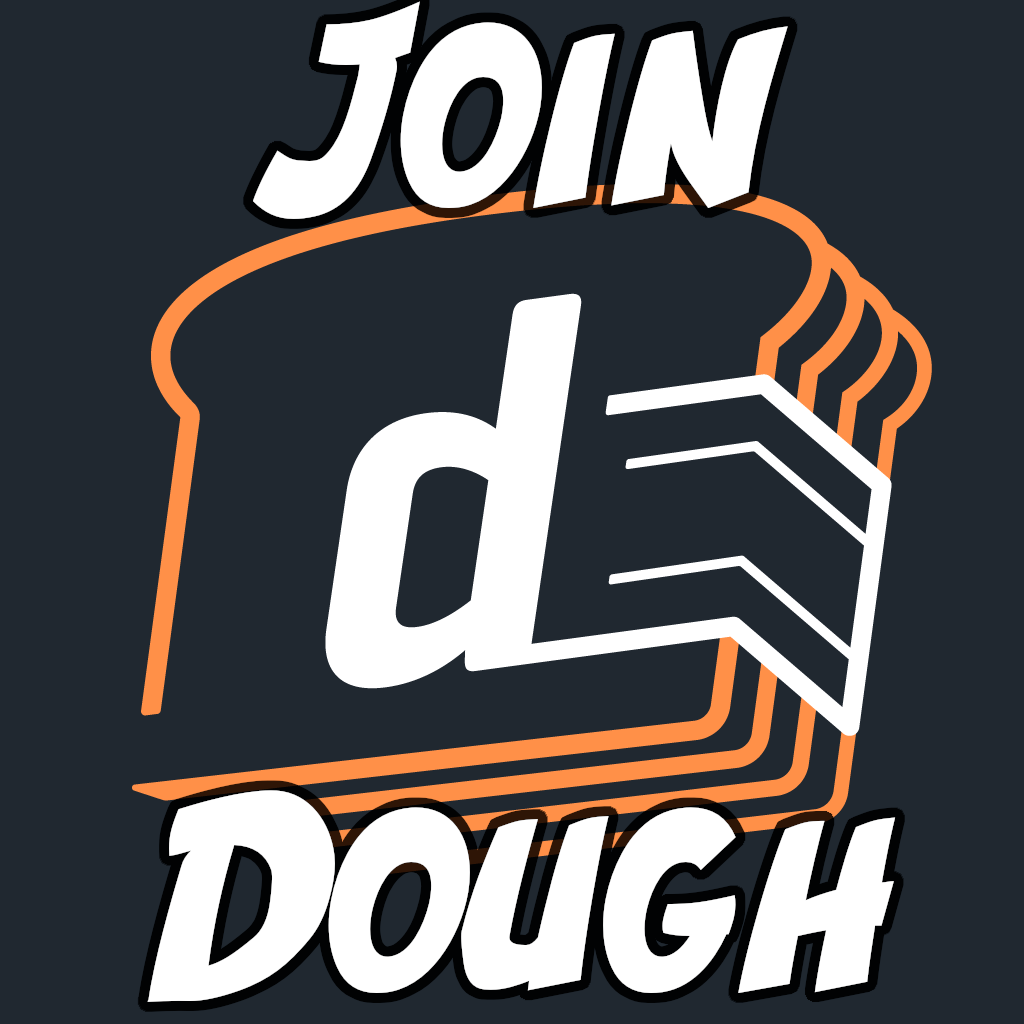Robinhood vs. Webull vs. Dough

First off, we have to admit that Robinhood changed the game of personal investing by making it easy, and commission free for anyone to trade stocks. For that, we will be forever grateful. In fact, Robinhood’s runaway success has even forced other major players (we’re looking at you E-Trade, TD Ameritrade, and Scottrade) to stop charging $10 per trade and start embracing the free model as well. As usually happens, that success also brought new challengers to the game, and right now we have a number of easy to use, free to trade stock apps to choose from. As of right now, all of them offer a free stock for signing up and can (and probably should) sign up for all three. But this post is review some of the pros and cons of each app to help you decide which one is best for your investment style.
Robinhood Pros and Cons
First off, Robinhood is the app I consider to be the easiest to use. Others may disagree, but the layout is logical, it is easy to find everything, and the whole feel of both the app and website are fairly simple. However, that is both a pro and a con because it is almost impossible to have both a lot of information and simple navigation at the same time.
In addition to being easy to use, Robinhood also has some pretty beneficial features that the other apps are lacking. Namely trailing stops, fractional investing, and even limit orders on options. The other apps will most likely eventually add these features, but as of right now Robinhood is leading the game.
Even with those really nice ‘extras’ though, they are useless if Robinhood does not execute trades; which unfortunately is a problem that happens far too often. Not only was Robinhood down for days, came back, and then went down for a few more days, but during increased trading the entire platform seems to stall, lag, and generally cut out quite often. This has caused me problems at least twice so far. The first time was when a stock dropped over 20% but my trailing stop (set for 10%) did not execute and caused me to lose more money that I should have. The second was when I entered a market order for a stock that was rising quickly, but the order did not execute and instead of taking a position at $40, I entered at $70. Personally I am not a fan of losing money because their system failed, and it caused me to seriously consider switching to another app. For now though, Robinhood remains my go-to.
Robinhood Pros
- Easy to Use
- Fractional Shares
- Trailing Stops
- Option Limit Orders
Robinhood Cons
- Less information than the other trading apps
- Serious down time and platform crashes
Webull Pros and Cons
Webull was the second trading app I signed up for, and it has a lot going for it. In-depth charts, loads of information, chat rooms, and even paper trading can all be found here. The downside though is that it can be really difficult to navigate through all the information, and sometimes just trying to figure out whats simply your watch list and what your actual positions are can be hard. Beyond that, there seems to be no way to look at options that are way out of the money, there are no option limit sells, and even trying to buy an option on the website is fairly difficult.
But other pros include profit taking (where you set a limit sell and can then ‘chain’ a limit buy to come back in at a lower price) and the extended market hours that are much, much better than Robinhood. If you prefer power and information over simplicity of use, then Webull is probably the app for you.
Webull Pros
- Lots of information / in-depth charts
- Chat room / community built in
- Paper trading
- Best extended market hours
- Profit taking / other chained events
Webull Cons
- Really difficult to navigate
- No trailing stops
- No limit orders for options
- Really difficult to navigate
Dough Pros and Cons
The third trading app I signed up for was Dough, and I have to admit that it is a pretty nie blend of Robinhood and Webull. There is more information than Robinhood, but it is far easier to use than Webull. The biggest downside though, is that they require you to have $2000 before they allow you to trade options. The sign up and on-boarding is also a little more difficult than the other two apps, but once inside it is a very nice blend of layout and information. For example, Dough allows you to customize and sort your watch list, and each stock includes things like charts for analyst ratings, a target graph, and even earnings and net income statements right on the stock detail page.
Dough Pros
- Good blend of information and layout
- Customizable watch lists
- Loads of research information right in the stocks page
Dough Cons
- Requires $2000 to allow options trading
- Weird and difficult sign up process
- No trailing stops or other nice features
Which One Already?!!?
Personally, I say sign up for all three, get a free stock from each one, and test them out yourself. It only takes a few minutes, and you can get stocks that are worth anywhere from a few dollars to a few thousand. It can certainly be worth the few minutes it takes to sign up. And if you use the links below, then we can both get a free stock!






